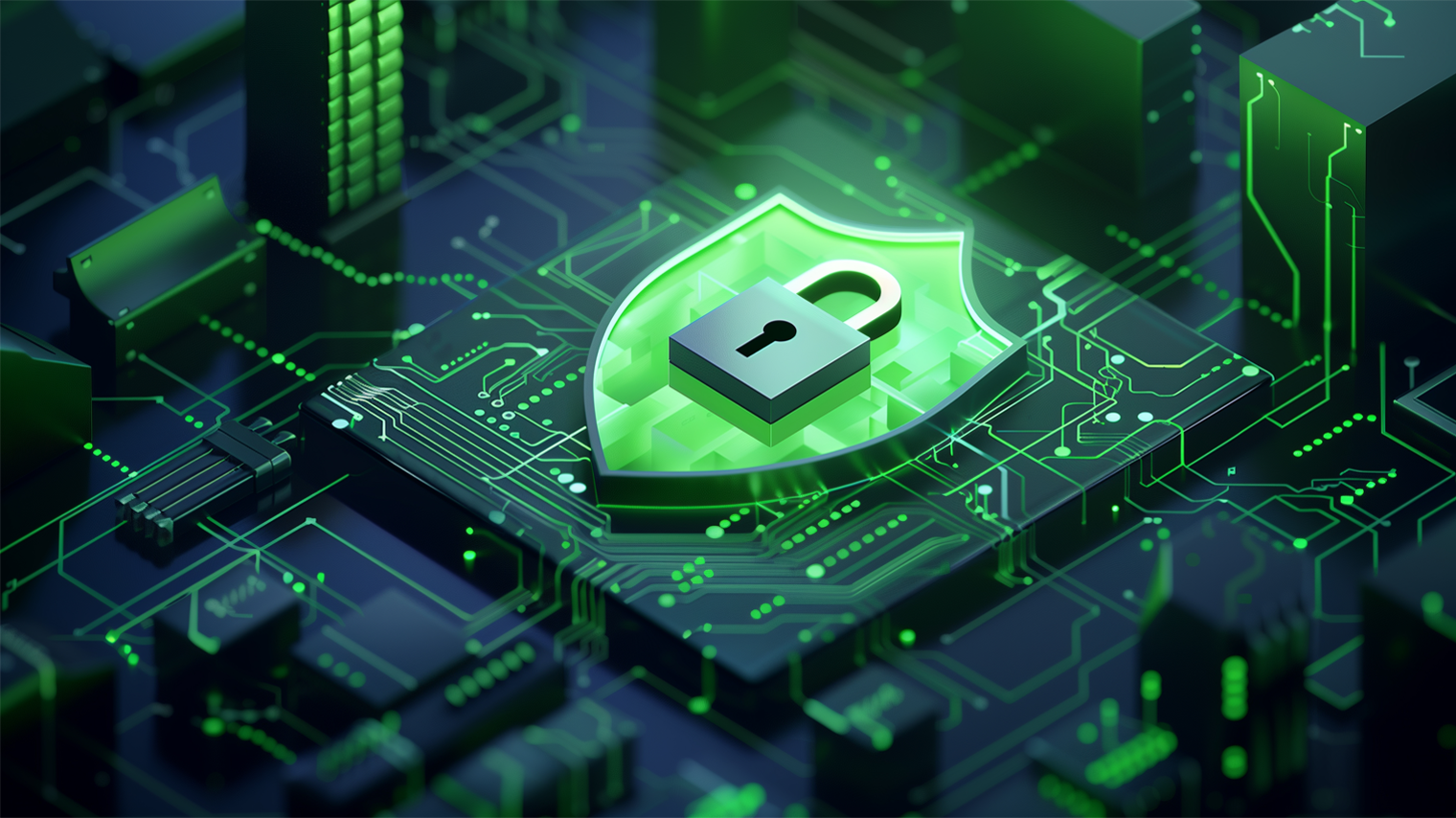In the ever-evolving landscape of cybersecurity, a multi-layered security approach has become indispensable. This strategy leverages various security measures to protect systems from different angles, reducing vulnerabilities and enhancing overall protection. Antivirus software, a staple in digital defense, plays a crucial role in this multi-layered approach. But what exactly is its role, and how does it integrate with other security measures? Let’s explore the significance of antivirus software within a comprehensive security framework.
Understanding Multi-Layered Security
A multi-layered security approach, also known as defense-in-depth, involves using multiple security measures to protect data and systems. Instead of relying on a single defense mechanism, this strategy combines various tools and practices to create a more robust security posture. Each layer of security addresses different types of threats and vulnerabilities, making it harder for attackers to breach the system.
The primary benefit of a multi-layered security approach is redundancy. If one security layer fails, others can still provide protection. This approach also improves threat detection and response by integrating different technologies and methodologies, ensuring that no single point of failure compromises the entire system.
Typical components of a multi-layered security strategy include firewalls, antivirus software, intrusion detection systems, data encryption, and user training. Each component serves a specific function, contributing to the overall security framework.
Antivirus Software , What Role
Antivirus software is designed to detect, prevent, and remove malicious software, including viruses, worms, and trojans. It scans files and programs for known threats and uses heuristics to identify new or unknown malware based on behavior and characteristics.
In a multi-layered security approach, antivirus software acts as one of the first lines of defense against malware. It complements other security measures, such as firewalls and encryption, by providing real-time protection and automatic updates to defend against emerging threats.
Antivirus technology has evolved significantly from basic virus detection to advanced threat intelligence and behavior analysis. Modern antivirus solutions incorporate AI and machine learning to enhance detection capabilities and respond to new and sophisticated threats.
Types of Threats
Viruses are malicious programs that attach themselves to legitimate files or programs and spread through systems. Antivirus software is designed to detect and eliminate these threats before they can cause damage.
Malware is a broad category that includes various types of malicious software, such as worms, trojans, and rootkits. Antivirus software provides comprehensive protection by detecting and removing different forms of malware.
Ransomware encrypts files and demands payment for the decryption key. Antivirus solutions often include ransomware protection features to prevent infection and mitigate the impact of attacks.
Spyware collects user information without consent, while adware displays unwanted ads. Antivirus software helps protect against these intrusive programs by blocking and removing them.
Integration of Antivirus in Multi-Layered Security
Firewalls control incoming and outgoing network traffic based on security rules, while antivirus software focuses on detecting and removing malicious software. Together, they provide a comprehensive defense against network-based and file-based threats.
Intrusion detection systems (IDS) monitor network traffic for suspicious activity. When combined with antivirus software, IDS can enhance threat detection by identifying and responding to potential breaches.
Data encryption protects information by converting it into a secure format that can only be read by authorized users. Antivirus software complements encryption by ensuring that the data remains safe from malware that could compromise encryption keys.
Choosing the Right Antivirus for Multi-Layered Security
When selecting antivirus software, consider features such as real-time scanning, automatic updates, firewall integration, and advanced threat detection. Ensure that the software is compatible with your existing security layers and meets your specific needs.
The effectiveness of antivirus software depends on its ability to work seamlessly with other security measures. Choose an antivirus solution that integrates well with firewalls, IDS, and encryption tools to ensure comprehensive protection.
Evaluate the cost of antivirus software against the benefits it provides. While premium solutions may offer advanced features, free or budget options can still provide essential protection. Choose a solution that offers the best balance of features and affordability for your needs.
Exemples
A small business may implement a multi-layered security strategy that includes antivirus software, a firewall, and regular data backups. This approach helps protect against common threats while ensuring business continuity in case of an attack.
For larger organizations, a more complex security framework might be required, incorporating antivirus software, intrusion detection systems, data encryption, and employee training. This comprehensive approach addresses the diverse and sophisticated threats faced by enterprises.
Best Practices for Implementing Antivirus in Multi-Layered Security
Ensure that antivirus software is regularly updated to detect and respond to new threats. Schedule frequent scans to identify and remove any malicious software that may have evaded initial detection.
Educate users about cybersecurity best practices, such as avoiding suspicious links and not downloading unknown attachments. User awareness is crucial for preventing infections and maintaining overall security.
Integrate antivirus software with other security layers to create a robust defense system. Ensure that all components work together seamlessly to provide comprehensive protection against a wide range of threats.
Conclusion
Antivirus software plays a critical role in a multi-layered security approach by providing essential protection against various types of malware. When integrated with other security measures, such as firewalls, intrusion detection systems, and data encryption, antivirus software helps create a comprehensive defense strategy. By understanding its role and implementing best practices, organizations can enhance their security posture and better protect their systems and data.



